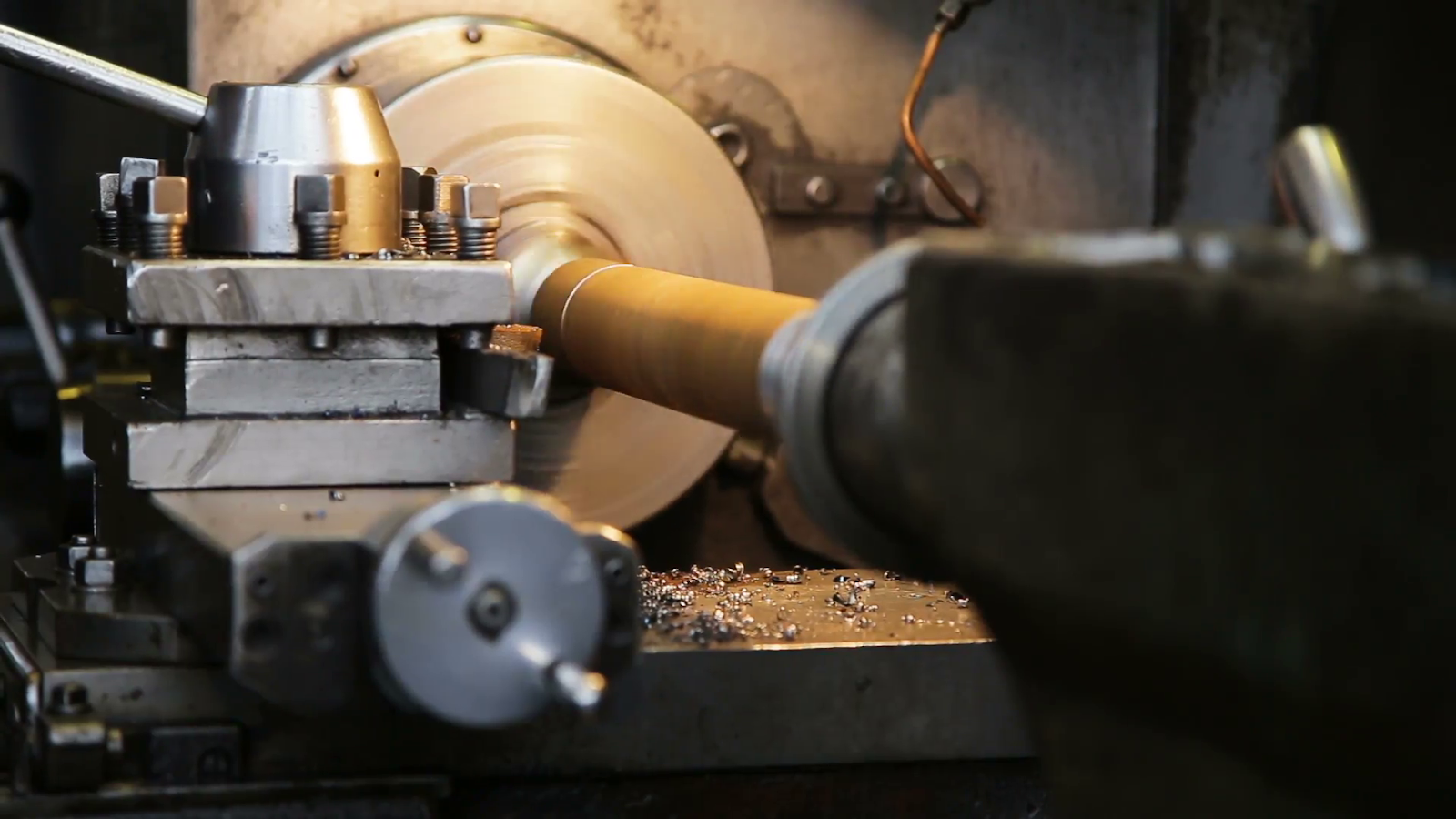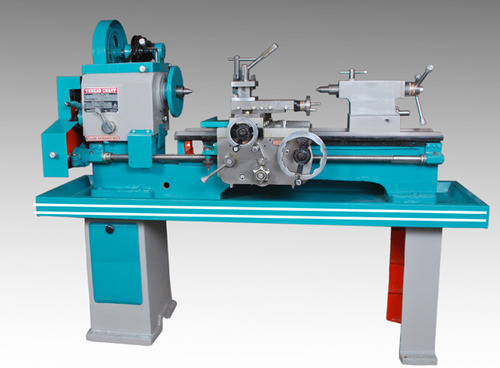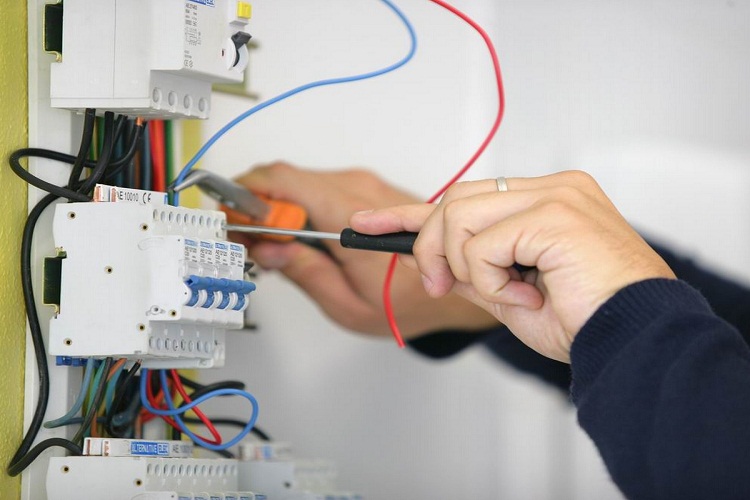Complete Details about Turner ITI Course
Turner
ITI Course is a mechanical engineering vocational trade. The duration of this
ITI Rajasthan trade is two years with four semesters of six months each.
During trade
course, students are introduced to different topics such as how to manufacture
metal components and assemble them to construct tools, industrial machinery,
and machine components; perform the most efficient order of processes required
for specific projects; measure each large and small component; identify
potential problems by understanding machine specifications and drawings before
the production process.
The trade is career providing in nature that opens many
bright opportunities in various fields.
Skills
Required
Students
should have good knowledge of appropriate use of equipment’s and repair tools;
able to delegate duties and goods mathematics skills.
They
should be responsible & patient; have problem-solving skills; good manual
dexterity.
They
should possess mechanical skills; able to manage time effectively.
Syllabus
1st
Semester
Importance
of trade training, List of tools & Machinery used in the trade. Health
& Safety: Introduction to safety equipment’s and their uses. Introduction
of first aid, operation of Electrical mains. Occupational Safety & Health
Importance of housekeeping & good shop floor practices.
Identification
of tools & equipment’s as per desired specifications for marking &
sawing (Hand tools, Fitting tools & Measuring tools) Selection of material
as per application Visual inspection of raw material for rusting, scaling,
corrosion etc.
Filing
practice on plain surfaces, right angle by filing. Use of calipers and scale
measurement.
Filing
at right angle, marking & hack sawing.
Marking
operation on flat & round job. Drilling operation.
Threading
with the help of taps and dies.
Getting
to know the lathe with its main components, lever positions and various
lubrication points as well.
Mounting
of chuck on machine spindle and unloading in various system – faceplate, 3-jaw
chuck, 4-jaw chuck.
Facing
operation to correct length, center drilling operation,. Grinding of “V” tools
for threading of Metric 60 degree threads with gauge.
Parallel
turning, step turning, practice measurement with scale and outside caliper to
0.5 mm. accuracy.
Turning
of round stock on 4-jaw independent chuck. Use of 3-jaw self-centering chuck as
well.
Grinding
of R.H. and L.H., side cutting tools, checking of angles with tools angle gauge
/ bevel protractor.
Step
turning practice within 0.5 mm with SQ, shoulder, U/cut on OD. Drilling on
Lathe-step drilling, drill grinding practice.
Boring
practice-Plain & step, internal recessing. Reaming in lathe using solid and
adjustable reamer.
Checking
alignment of lathe centers. Mounting job in between centers.
Turning
practice-between centers on mandrel (Gear blanks). Fitting of dissimilar
materials- M.S. in brass, aluminium, in cast iron etc. Knurling practice in
lathe (Diamond, straight, helical & square).
2nd
Semester
Male
and female taper turning by taper turning attachment / compound slide practice.
Eccentric
marking practice. Eccentric turning. Use of Vernier height Gauge and V-block.
Eccentric boring.
Practice
square block turning using 4-jaw chuck.
Screw
thread cutting (B.S.W) external R/H & L/H, checking of thread by using
screw thread gauge, fitting of male and female parts.
Screw
thread cutting (B.S.W) internal R/H & L/H.
Fitting
of male & female threaded components (BSW).
Screw
thread cutting (External) metric thread- tool grinding.
Screw
thread (Internal) metric & threading tool grinding.
Fitting
of male and female thread components (Metric).
Fitting
of male and Female Square threaded components.
Acme
threads cutting (male & female) & tool grinding.
Fitting
of male and female threaded components.
Buttress
threads cutting (male & female) & tool grinding. Fitting of male &
female threaded components.
Project
Work.
3rd
Semester
Introduction
to various components produced on lathe. Forging practice (lathe tool) of
different shapes, heat treatment of tools.
Form
turning practice by hand. Grinding of various shape of chip breaker on tool.
Taper
turning by taper turning attachment, Morse taper- different number.
Internal
taper turning by taper turning attachment / cross slide. Taper matching
exercise (application of Prussian blue, Plug gauge).
Turning
and boring practice on CI (preferable) or steel & tip brazing on shank.
Turning
at high speed using tungsten carbide tools including throw-away tips.
Practice
of negative rake tool on non-ferrous metal.
Periodical
lubrication procedure on lathe, testing of accuracy of alignment.
Holding
and truing of Crankshaft –single throw (Desirable).
Turning
of long shaft using steady (within 0.1 mm).
Cutting
metric threads on inch, lead screw and inch threads on Metric Lead Screw.
Use
of attachments on lathe for different operations.
Advanced
eccentric boring (position boring using tool maker’s button).
Boring
and stepped boring (within +/-0.05 mm).
Continuation
of thread cutting. Fractional odd & even threads.
Multiple
thread cutting (B.S.W.) external & internal.
Multiple
threads cutting 60 deg. (external & internal).
Multi-start
thread cutting Acme form (Male & Female).
Practice
of conventional turning from industrial drawing.
Multi-start
thread cutting, square form (Male & Female) multiple threads cutting work
(External). Cutting of helical grooves in bearing and bushes (Oil groove).
Project
work.
4th
Semester
Setting
and turning operation involving face and angle plate.
Turning
& boring of split bearing – (using boring bar and fixture).
Thread
on taper surface (Vee form).
Cutting
of Helical grooves in bearings and bushes (oil grooves).
Demo
of parts of CNC machine – control switches, console buttons and machines
specifications.
CNC
part programming with simple exercises and various programming codes. Practice
on CNC machine simulator.
CNC
turning center operation in various modes: jog, single block, auto, MDI, edit,
etc. Program entry. Setting of tool offsets, entry of tool nose radius and
orientation.
Machining
parts on CNC lathe with parallel, taper, step, radius turning, grooving and
threading of different pitches.
Practice
of different operations related to trade on CNC machine.
Manufacturing
& Assembly of Screw jack/vice/Box nut by performing different lathe
operation.
Prepare
different types of documentation as per industrial need by different methods of
recording information.
Read
a part drawing and make a process plan for turning operation.
Practice
of special operations on lathes -worm gear cutting, oil groove internal and
external
Boring
on lathe using soft jaws and dial bore gauge to accuracy of +/- 0.05 mm.
Project
work.
Eligibility for Rajasthan ITI Admission:
Passed
10th class examination under 10+2 system of education or its equivalent.
Job
Prospects
Students
after passing trade successfully, can work in production and manufacturing
industries; automobile and allied industries.
They
should have good scope in service industries like road transportation and
Railways; ship building and repair; infrastructure and defense organizations.
They
can also work in public sector industries like BHEL, BEML, NTPC, Army based
workshops and Auto industry, etc. and private industries in India and foreign
countries.





Comments
Post a Comment